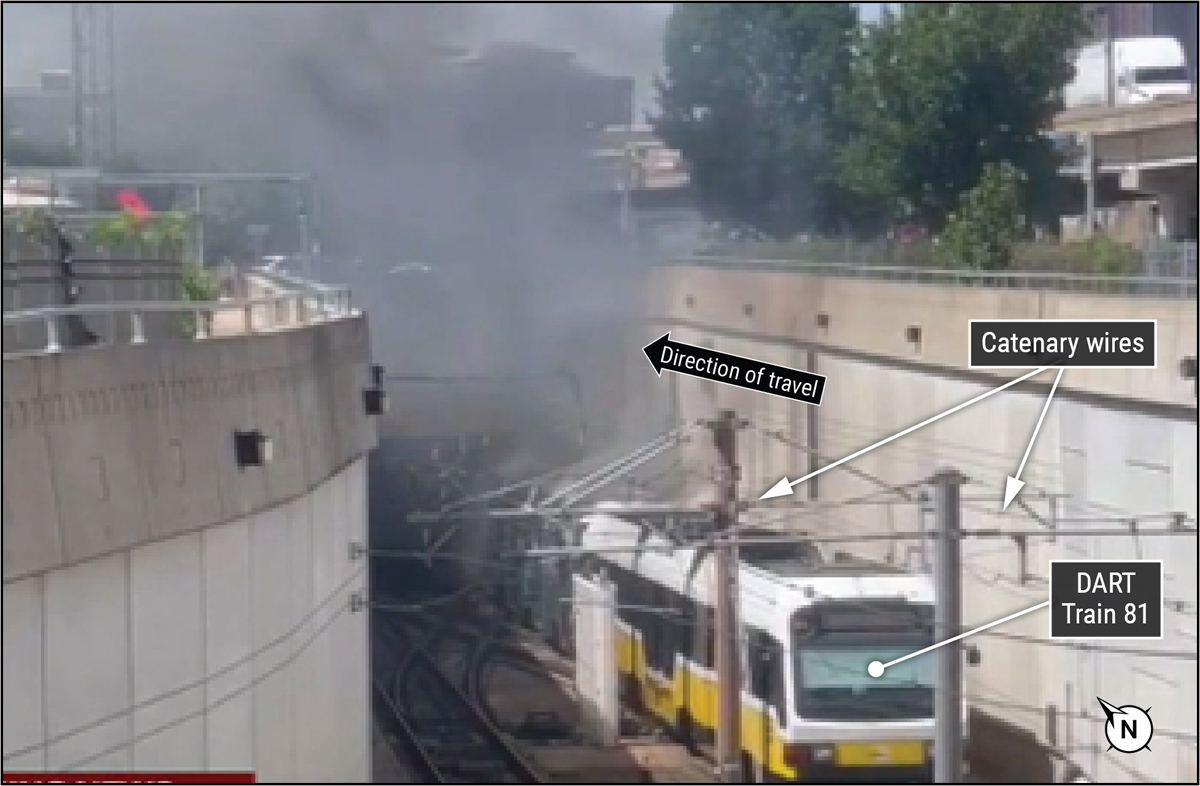
WASHINGTON — A Dallas Area Rapid Transit light rail train came in contact with an overhead catenary wire, leading to arcing that started a fire, the National Transportation Safety Board says in its preliminary report on the July 30, 2025, incident that led to injuries to 11 passengers.
The incident occurred about 3:33 p.m., and involved an Orange Line train en route from the Dallas-Fort Worth Airport station to the Parker Road station. The 11 injured passengers suffered minor injuries; the NTSB report says three were treated at local hospitals, fewer than had initially been reported. [See “Six hospitalized after light rail fire …,” Trains.com, July 30, 2025]. The incident took place at the entrance to a tunnel that carries the light rail system through downtown, and disrupted service for six days [see “Full Dallas light rail service being restored,” Trains.com, Aug. 5, 2025].
The arcing continued for about 11 minutes until a DART employee shut off the circuit breakers for the 850-volt DC power system. The operator had halted the train when he saw the arcing; the passengers evacuated onto a walkway next to the track. An NTSB review of onboard video recorders from trains that had previously passed through the area shows that multiple hangers supporting the catenary wire had become disconnected before the incident.
The NTSB says its ongoing investigation will focus on DART procedures and training relating to overhead catenary and the electrification system, change management, and train controller operations.






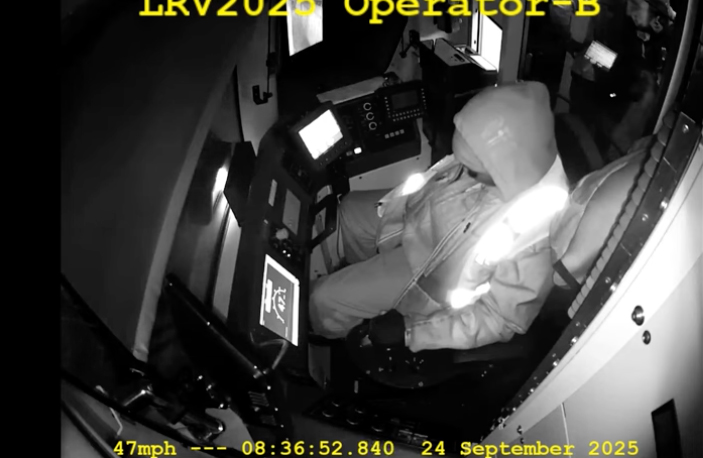
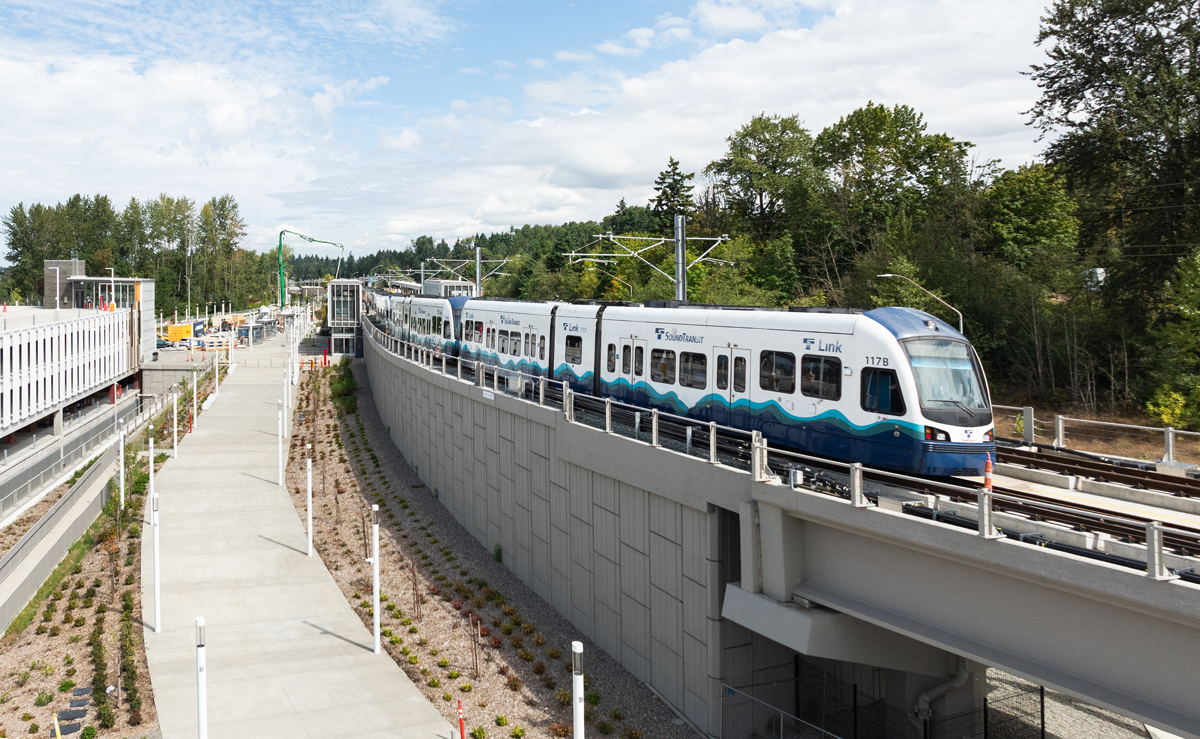
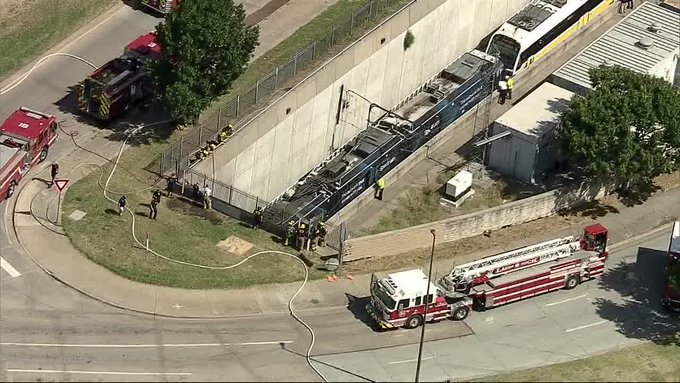
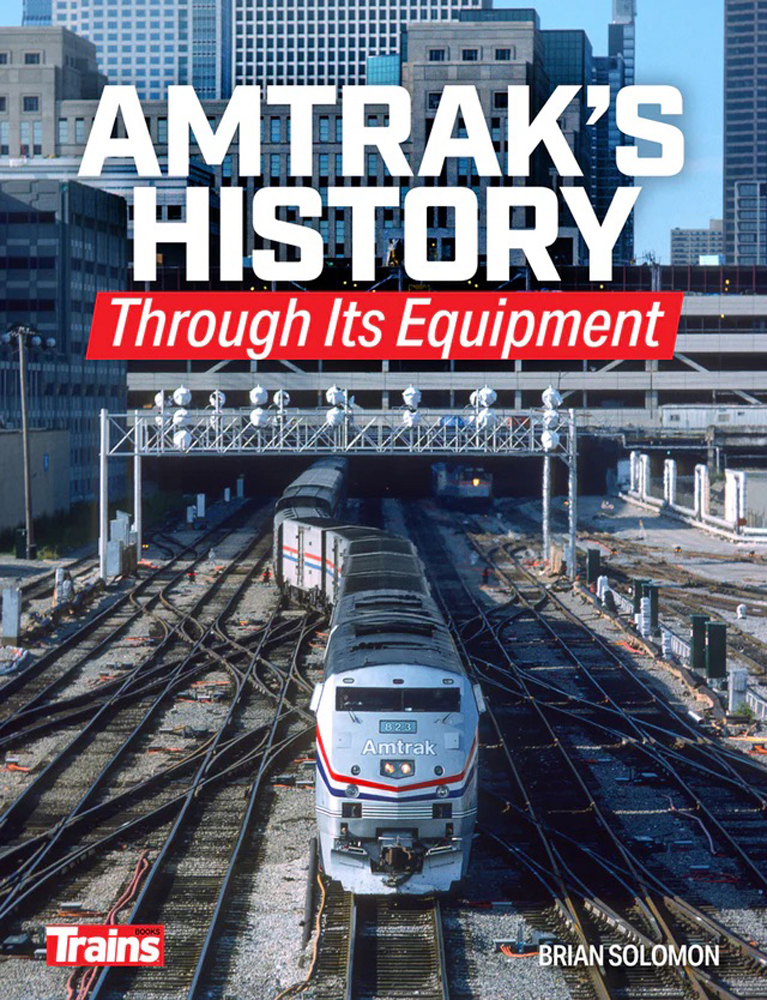


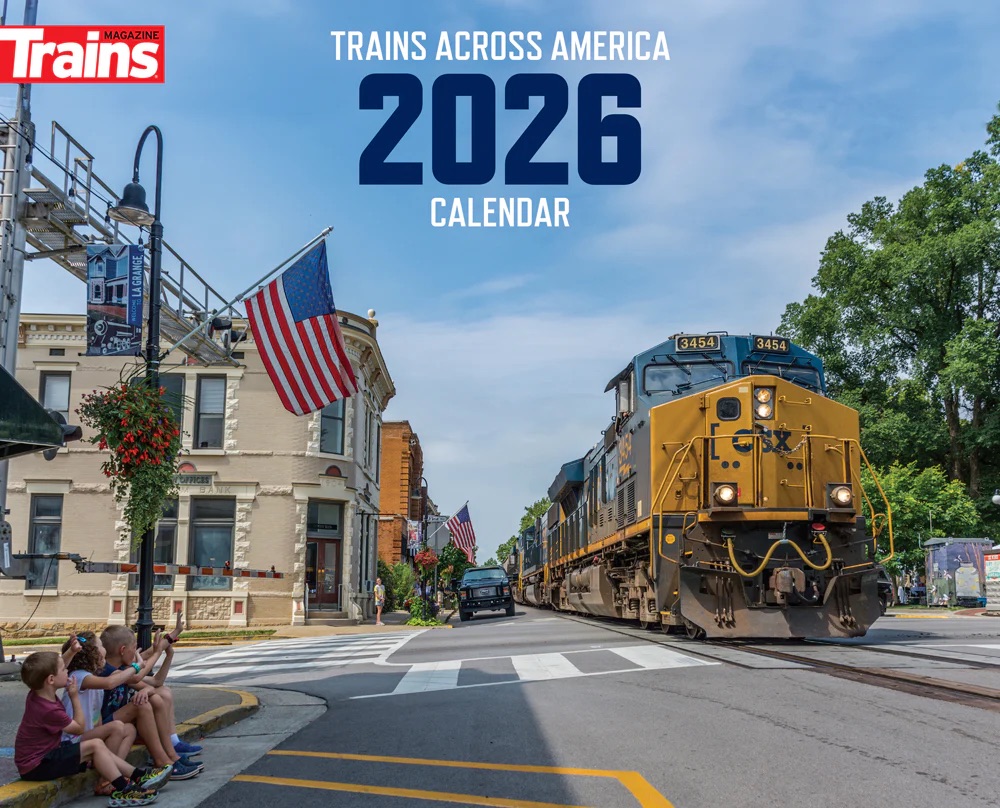
So, catenary failure, not train equipment. Poor installation or poor design?
May have been just a running mechanical failure that began and continued to get worse over time until it failed. It may have also been “loose” equipment that snagged the line and caused the failure. This happens in electrical catenary rail operations, just usually not as catastrophically… It probably had to do with failure of the power line hangars, which may fail one at a time, but this sounds like several failed all at once to allow the catenary to hang low enough to touch the train car. It will probably require more frequent inspections or upgrading the hangar and fasteners and perhaps regular replacement over a certain amount of time on a regular basis, whatever the engineers at NTSB with the electrical gear manufacturers can determine. It is just good that more people were not seriously injured or electrocuted.